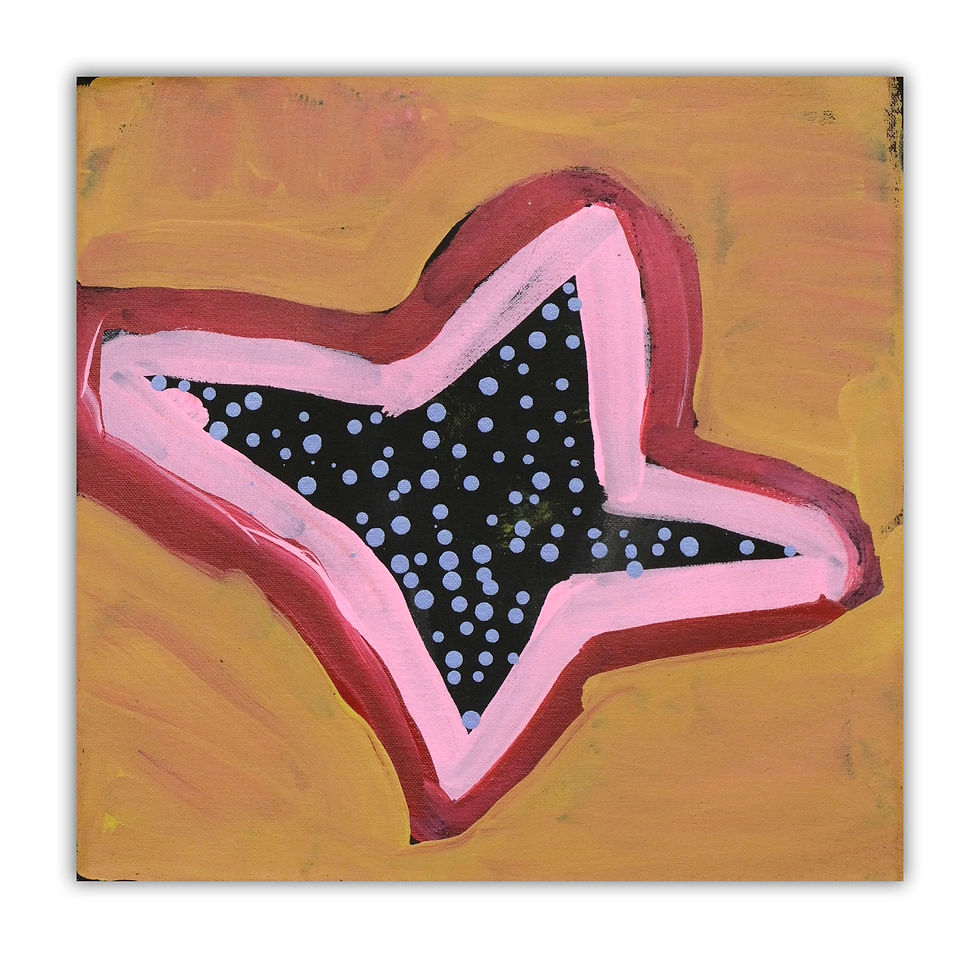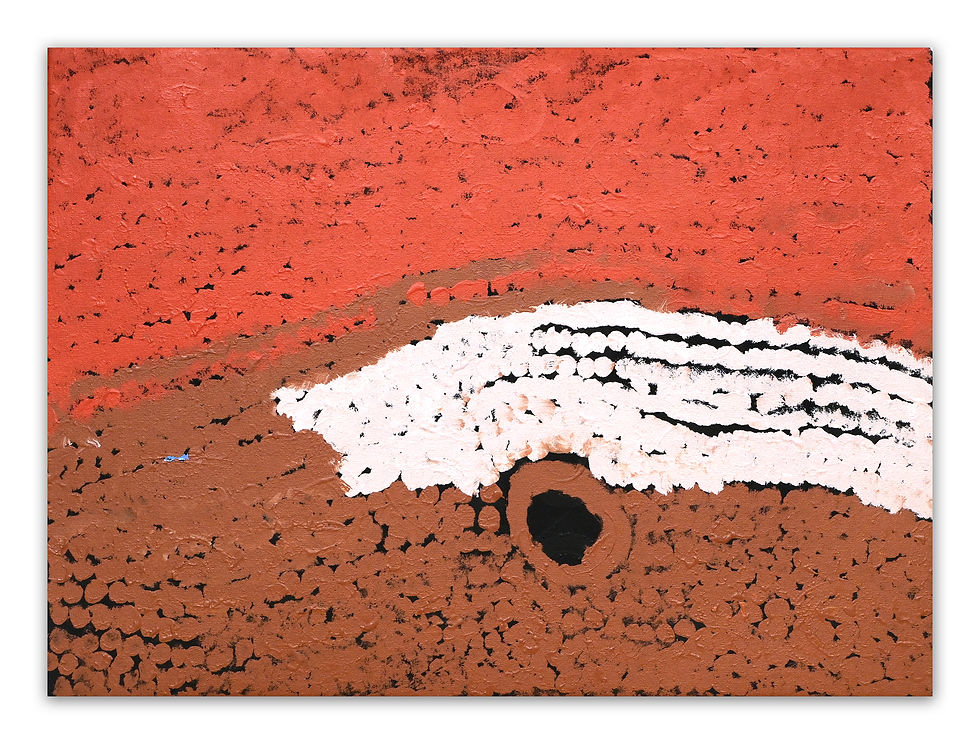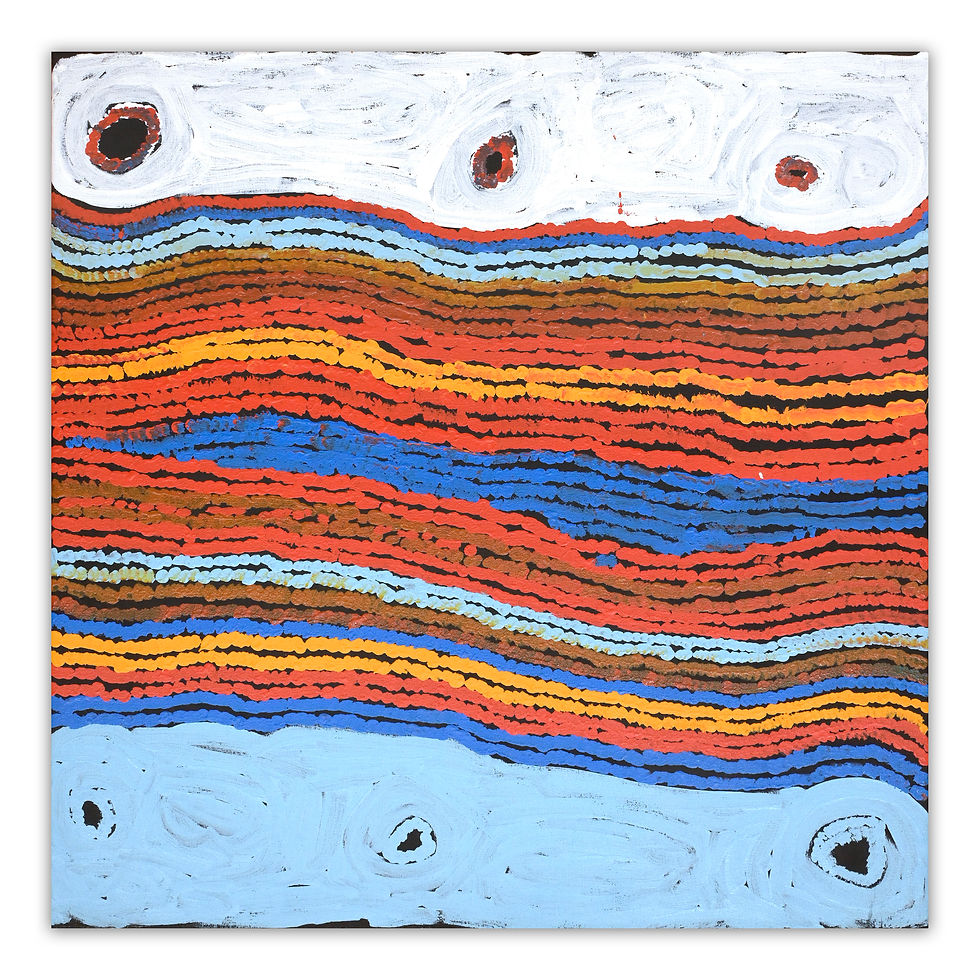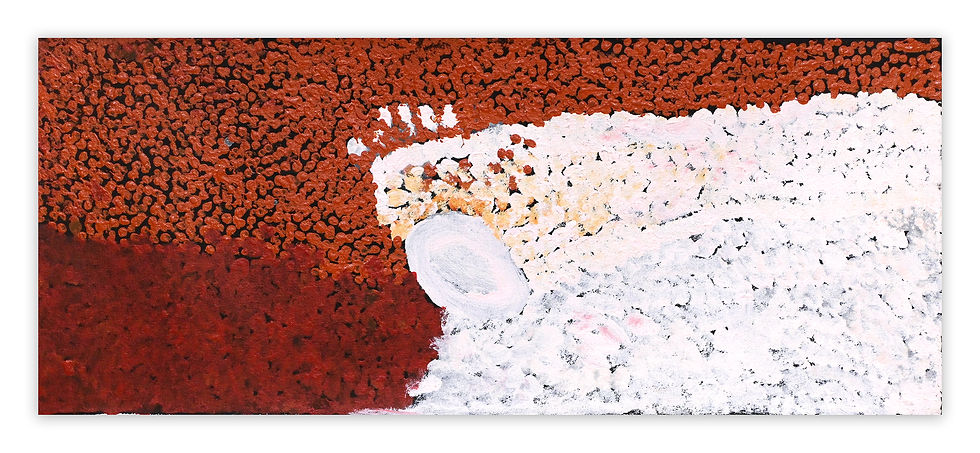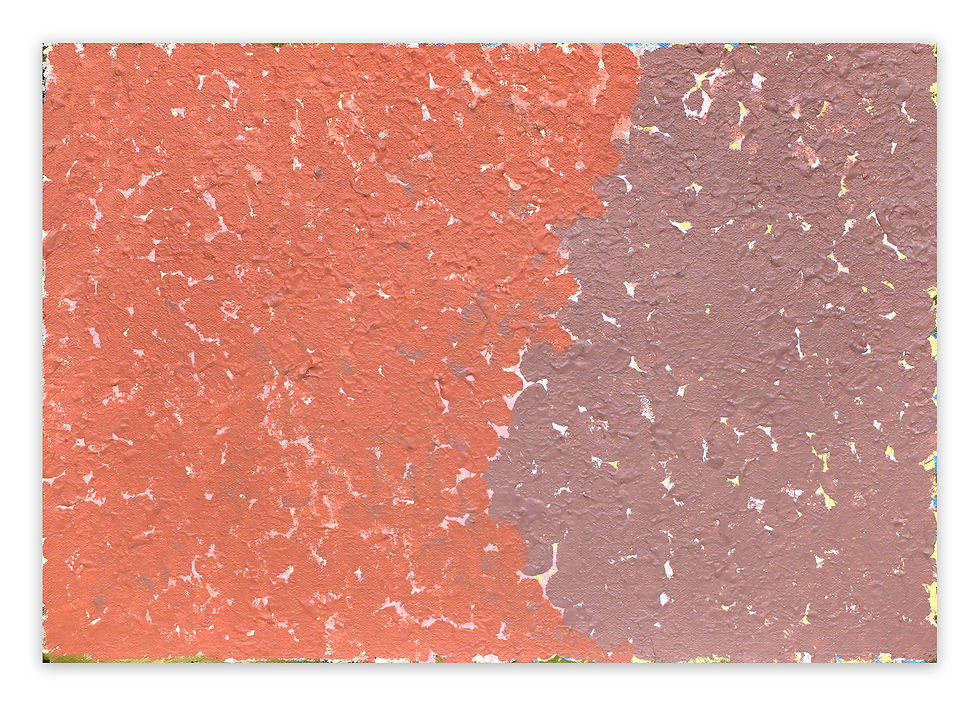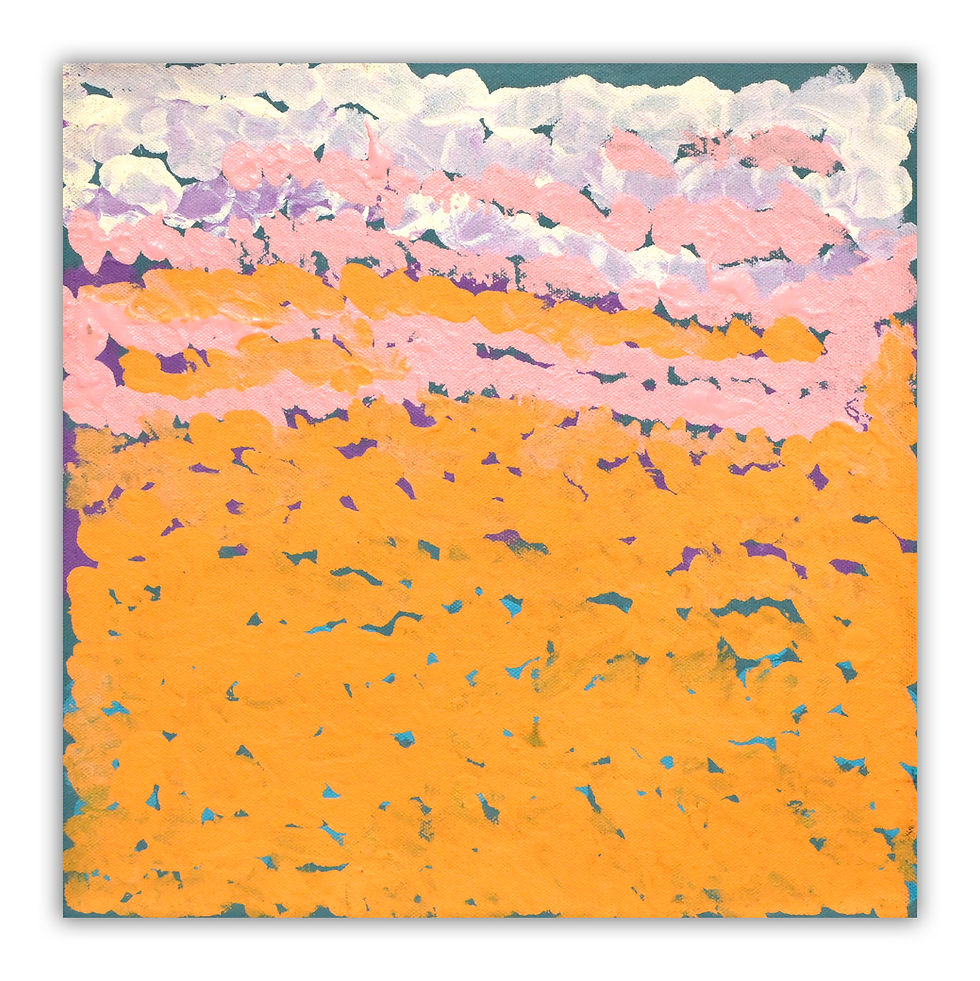ELAINE NAMATJIRA - ULPATJA - PARROT
ELAINE NAMATJIRA
ULPATJA - PARROT, 1995
25.5 x 20 x 20 cm
earthenware, hand-built terracotta clay with underglaze colours and synthetic polymer paint
REGION
Ntaria (Hermannsburg), NT
PROVENANCE
Hermannsburg Potters, Northern Territory
Design Centre, Sydney
The Gillespie Collection, Sydney, acquired from the above in 1997
Bonhams, Notable Collections: Australian and Aboriginal Art, 27 August 2025, Sydney, Lot 14
Accompanied by original Hermannsburg Potters label
STORY
The Hermannsburg Aboriginal Mission, established in 1877 by Lutheran missionaries, became an early centre for creative expression. Pottery was introduced there in the early 1970s when Victor Jaensch constructed a kiln and guided local artists in collecting clay and learning the hand-coil technique. Among his first students were Arrernte assistants Nashasson Ungwanaka and Joseph Rontji, who pioneered a new practice of sculptural ceramics within the community.
In 1982, ownership of the mission lands was formally returned to the traditional Arrernte custodians. Shortly after, Ungwanaka invited potter and teacher Naomi Sharp to work at Hermannsburg, leading to the creation of the Hermannsburg Potters Aboriginal Corporation in 1990. Both men and women were involved initially, but the artform gradually became dominated by women, who found in it a space not only for creative work but also for teaching and sharing knowledge across generations. As artist Judith Inkamala explained, making pots together allows younger women to learn from their elders in a setting where they can also speak freely about cultural and personal matters.
The Hermannsburg Potters developed a distinctive style of terracotta ceramics using hand-coiled construction. Each vessel is slowly built up, coil by coil, before being shaped with wooden paddles, polished smooth with spoons, and finally glazed and fired. Alongside individually crafted pieces, the group has also produced major ceramic tile commissions for public and private clients. Their decorative approach reflects both inherited traditions and modern influences, drawing strongly on the legacy of Albert Namatjira and the broader Hermannsburg school of painting. The pots are frequently enlivened with hand-modelled figures of animals, birds, and people, while painted surfaces depict landscapes, community stories, and scenes of everyday life. For Inkamala and other senior artists, this practice offers a way to embed cultural narratives in a tangible form: “When we design our pots, we look to the country around us—its people, stories, and the bush creatures that sustain us.”






